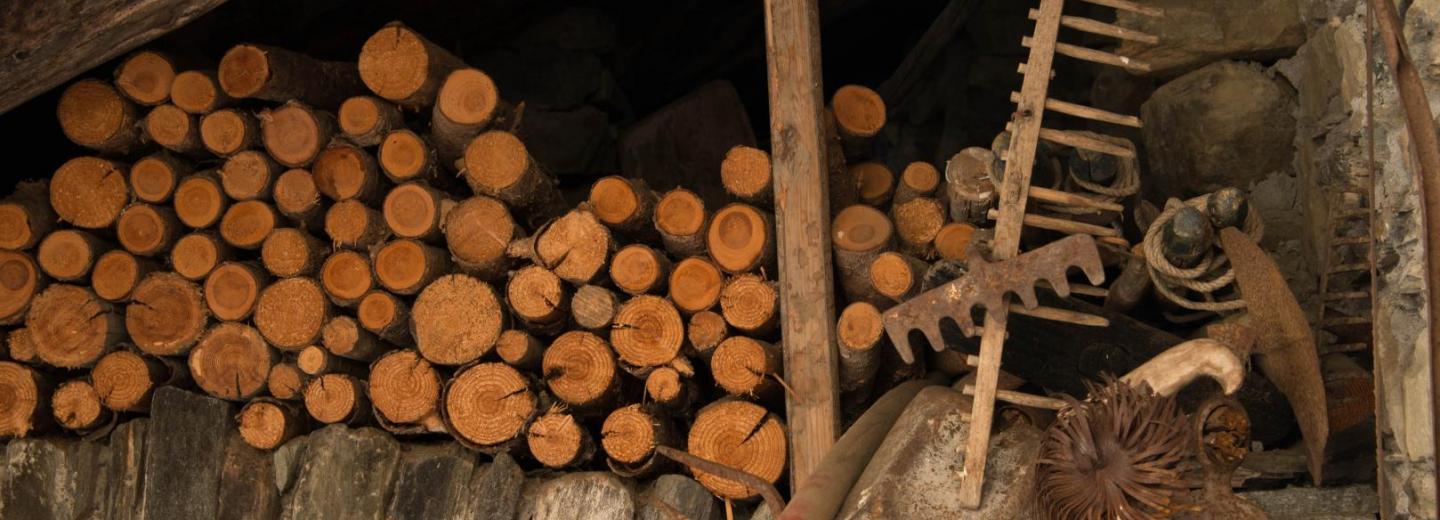Itinerant trades
Up until the latter part of the 19th century the inhabitants of the mountains, lived off the land. In the following period, however, with the dramatic increase in the population, there weren't enough resources to go around. Many people had to learn a trade to survive. Chimneysweeps, glaziers, boiler makers, knife grinders had to travel far from home to find work. The chimneysweeps of Orco Valley and Val di Rhêmes, came down towards the small towns in the lowlands in small groups, made up of a "boss" and of one or more children, who had to do the hardest and most thankless part of the job: cleaning the chimney flues. There is a visitors' centre dedicated to this traditional trade in the park at Locana.
Copper work
There is evidence of copper work in the Orco and Soana valleys that goes back to medieval times. Copper was extracted from the mines present in the area, melted and processed first at the forge, and then refined, tinned and sold as handcraft in the workshops. The copper works have left their mark on the landscape, with the mines and the paths that lead to them, the water supplies, the forges, the workshops and the itinerant locksmiths and tinsmiths.
This tradition is now being preserved with a project by the Ecological Museum of the Orco and Soana valleys, which includes the recently restructured and refurnished copper forge at Ronco. Perhaps more importantly , is the Copper School in Alpette, where the experience of hand-crafting copper objects is passed on to younger generations.
The mines at Cogne
In Valle di Cogne the presence of rich veins of iron has played an important part on life in the local community. Initially the exploiting of the mine was open, anybody could extract the mineral, build a forge and cut down trees to burn. At the beginning of the 19th century there was an attempt to modernize the organization of the mine, with the locals forming a kind of co-operative.
However, the attempt failed. It was only at the beginning of the 20th century that the "Società Miniere di Cogne" (Cogne Mining Company) was established, and subsequently the management of the mines was passed on to the "Società Nazionale Cogne", thereby reaching its highest level of productivity. The exhaustion of the richer veins in the 1970's, and the international metalworks crisis, however, caused the decline of the mines, followed by their eventual closure.
